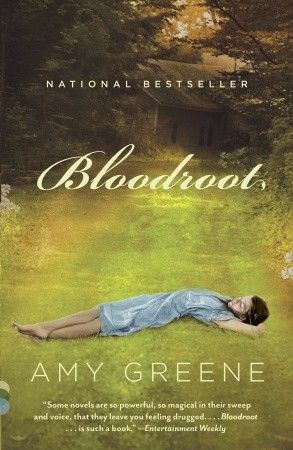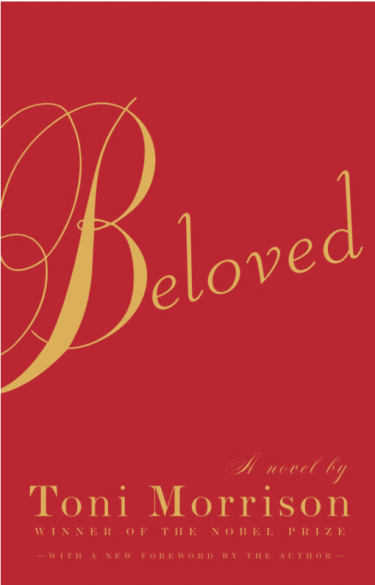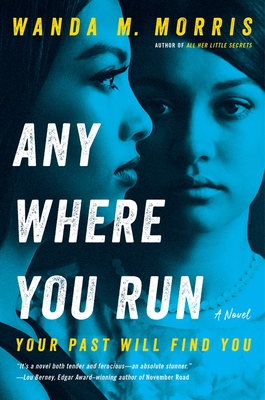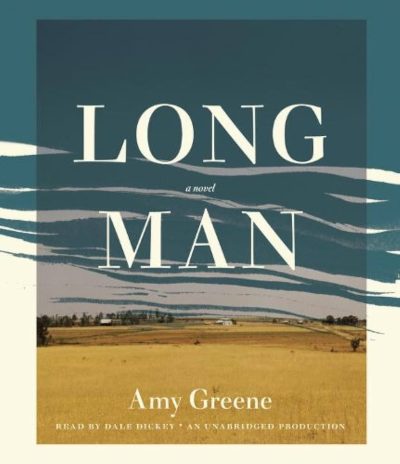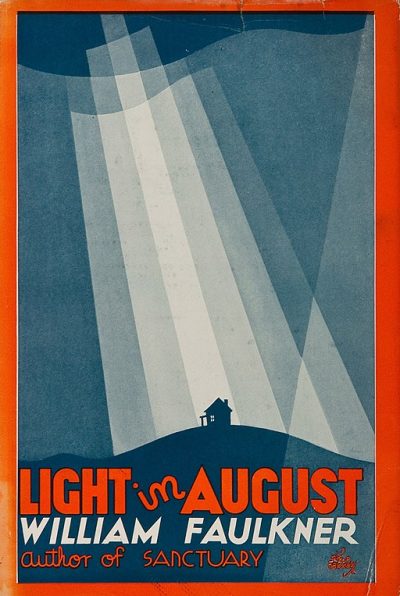TW: Abuse and depictions of violence
Amy Greene’s debut novel, Bloodroot, is a striking work of literary fiction set in the Appalachian region of Tennessee. Rather than following a traditional plot, Bloodroot is a collection of life stories spanning four generations, each narrator connected to the novel’s central figure: Myra Lamb. By progressing in a non-linear fashion, Bloodroot’s character-driven storytelling allows readers to slowly navigate the depths of this tragic family. This is largely achieved through coupled perspectives, the first alternating between Myra’s childhood friend, Doug, and her grandmother, Birdie; and later shifting to Myra’s own children, Johnny and Laura. Though these stories are brought together by their connection to Myra, I found each incredibly compelling in its own right. Continue reading “Amy Greene, Bloodroot”

